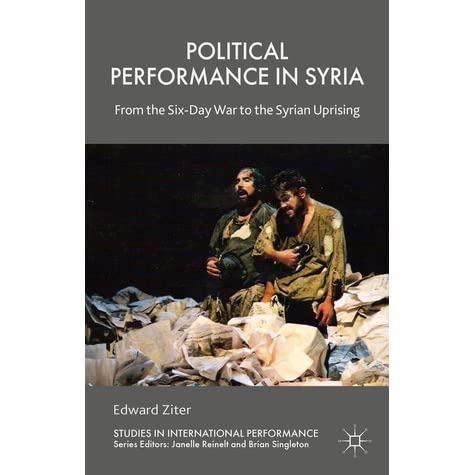More often than not, women are overshadowed in the art world. And while…

 Reading List: Modern and Contemporary Art in Syria
Reading List: Modern and Contemporary Art in Syria 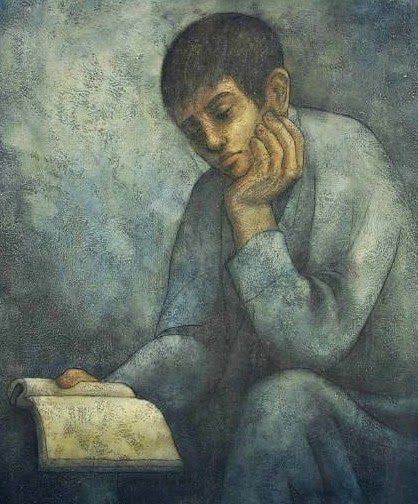

Today’s Reading List offers a selection of essential readings (in print and online) that deal with the history of modern and contemporary art in Syria.
This online catalogue accompanied Atassi Foundation’s inaugural project, A Syrian Chronology. Produced by Syrian film director Hala Alabdalla and artist Khaled Barakeh, the commissioned mixed media installation utilized the Foundation’s extensive archival material from Atassi Gallery’s – 30 year history to weave together the story of art in Syria.


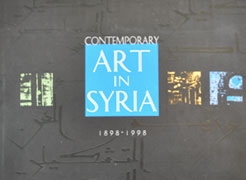



This online catalogue accompanied Personal Revolutions: Women Artists from Syria exhibition, which researches and sheds light on Syrian female artists in an attempt to highlight female experiences throughout successive generations, along with the artists’ various daring and impactful methods and techniques. In particular, the development that has taken place in the female artistic scene in Syria during the past two decades is illustrated and demonstrated.
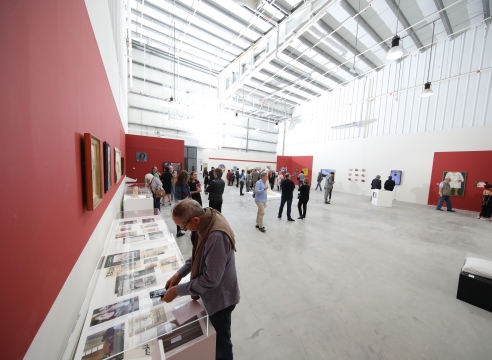

This online catalogue accompanied Syria: Into the Light: Selection of Portraits and Figures in Syrian Art from the Collection of the Atassi Foundation exhibition, which is based on the theme of ‘Portraits and Figures’ and includes more than 60 works by over 40 artists illustrating the landscape of Syrian art from 1924 up to 2016. Through this theme, the exhibition highlights the trajectories and shifts of art movements in Syria and its socio-cultural histories, from the early 20th century until the present day, representing different movements, techniques and mediums, including painting, drawing, sculpture, photography, and video art.


This is a preface-book. A preface made up of other prefaces. The ones published in the various editions of the catalogue of the Damascus National Museum, from 1919 to the end of the last century – prefaces which can be found here, not only annotated, but also accompanied by rare archival material and historical chronicles. It is therefore a republishing project, in the form of a palimpsest, or an untimely guide through the lives of the Museum and its catalogue. As if to observe, like a structuralist analysis, “the variations of the myth” or the multiple body. The Damascus National Museum is approached by a constellation of historical dates but also of micro-histories and iconographic survivals. Or how history, in the broader sense and including in the tragic sense, shines through the walls of the museum, its collections, its storage; its national and intimate representations, its real perimeter as well as its nomadic tendency.
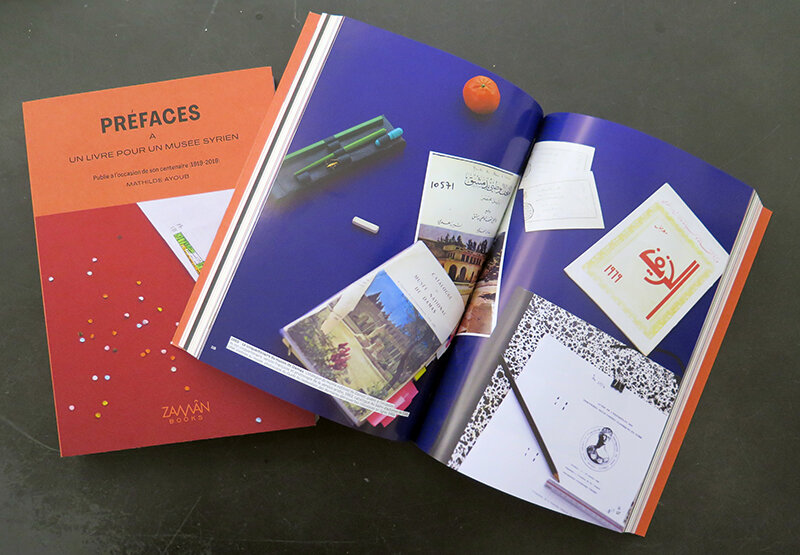

This book focuses on the expanding contemporary art scene in Syria, particularly Damascus, during the first decade of the twenty-first century. The decade was characterised by a high degree of experimentation as young artists began to work with artistic media that were new in Syria, such as video, installation, and performance art. They were rethinking the role of artists in society and looking for ways to reach audiences in a more direct manner and address socio-cultural and socio-political issues.
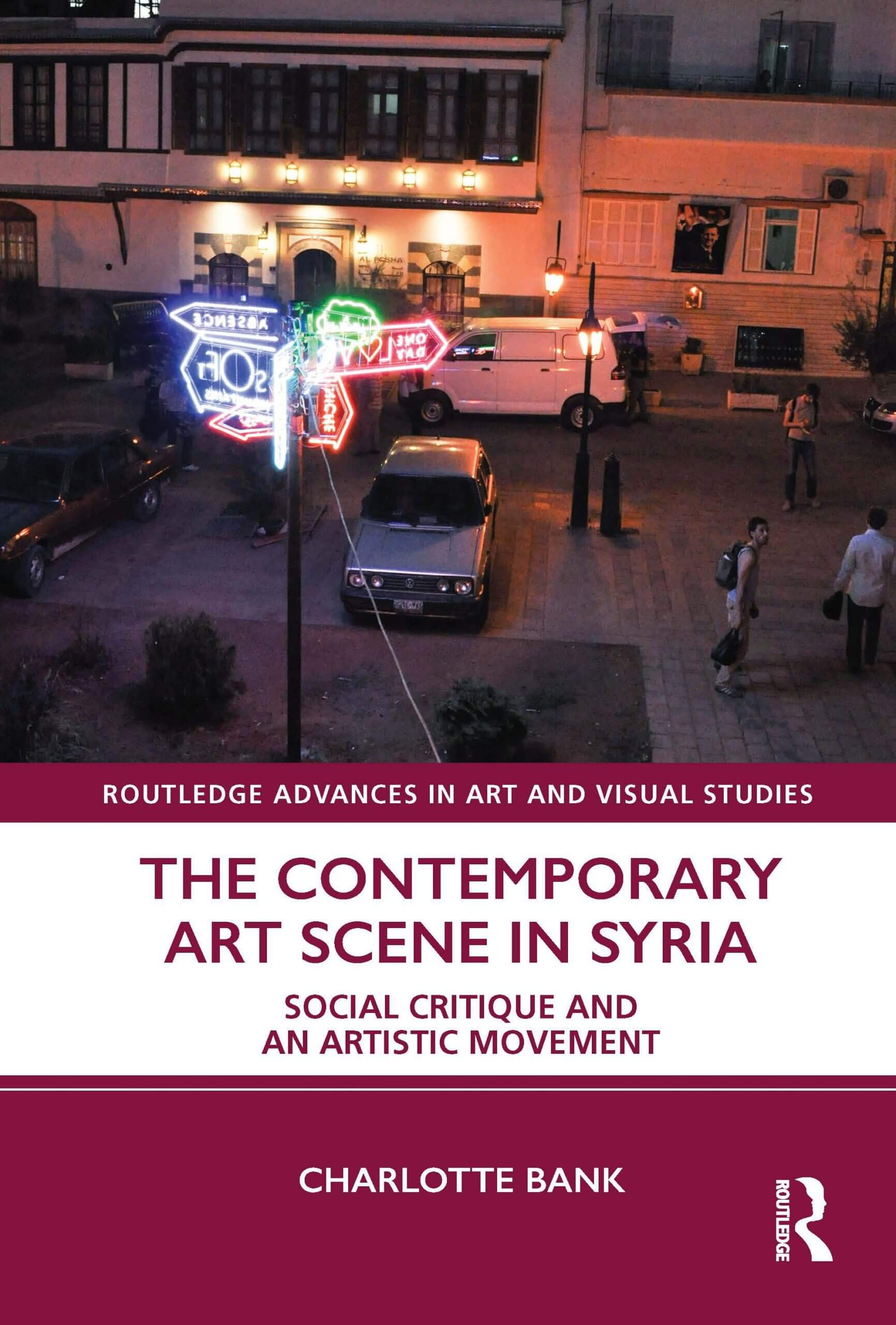

Syria off Frame is the collection that Imago Mundi (non profit project about contemporary art promoted by Luciano Benetton) collected between the spring and the summer 2015. The book is made up of 140 works realized by renowned and emerging artists of different generations and religions. They either live in Syria or have been forced to leave their county. There are painters, illustrators, cartoonists, photographers, poets, calligraphers, actors and theatre directors, street artists and video makers who still explore, see and express themselves. And above all they create, with the force of beauty and the vital passion of art, to bring us an extraordinary culture and the hopes of a people who want to cease being the victim and become instead the protagonist of their own fate.


On March 17, 2011, many Syrians rose up against the authoritarian Asad regime that had ruled them with an iron fist for forty years. Initial successes were quickly quashed, and the revolution seemed to devolve into a civil war pitting the government against its citizens and extremist mercenaries. As of late 2015, almost 300,000 Syrians have been killed and over half of a total population of 23 million forced out of their homes. Nine million are internally displaced and over four million are wandering the world, many on foot or in leaky boats. Countless numbers have disappeared. These shocking statistics and the unstoppable violence notwithstanding, the revolution goes on.
The story of the attempted crushing of the revolution is known. Less well covered has been the role of artists and intellectuals in representing to the world and to their people the resilience of revolutionary resistance and defiance. How is it possible that artists, filmmakers and writers have not been cowed into numbed silence but are becoming more and more creative? How can we make sense of their insistence that despite the apocalypse engulfing the country their revolution is ongoing and that their works participate in its persistence? With smartphones, pens, voices and brushes, these artists registered their determination to keep the idea of the revolution alive. Dancing in Damascus traces the first four years of the Syrian revolution and the activists’ creative responses to physical and emotional violence.
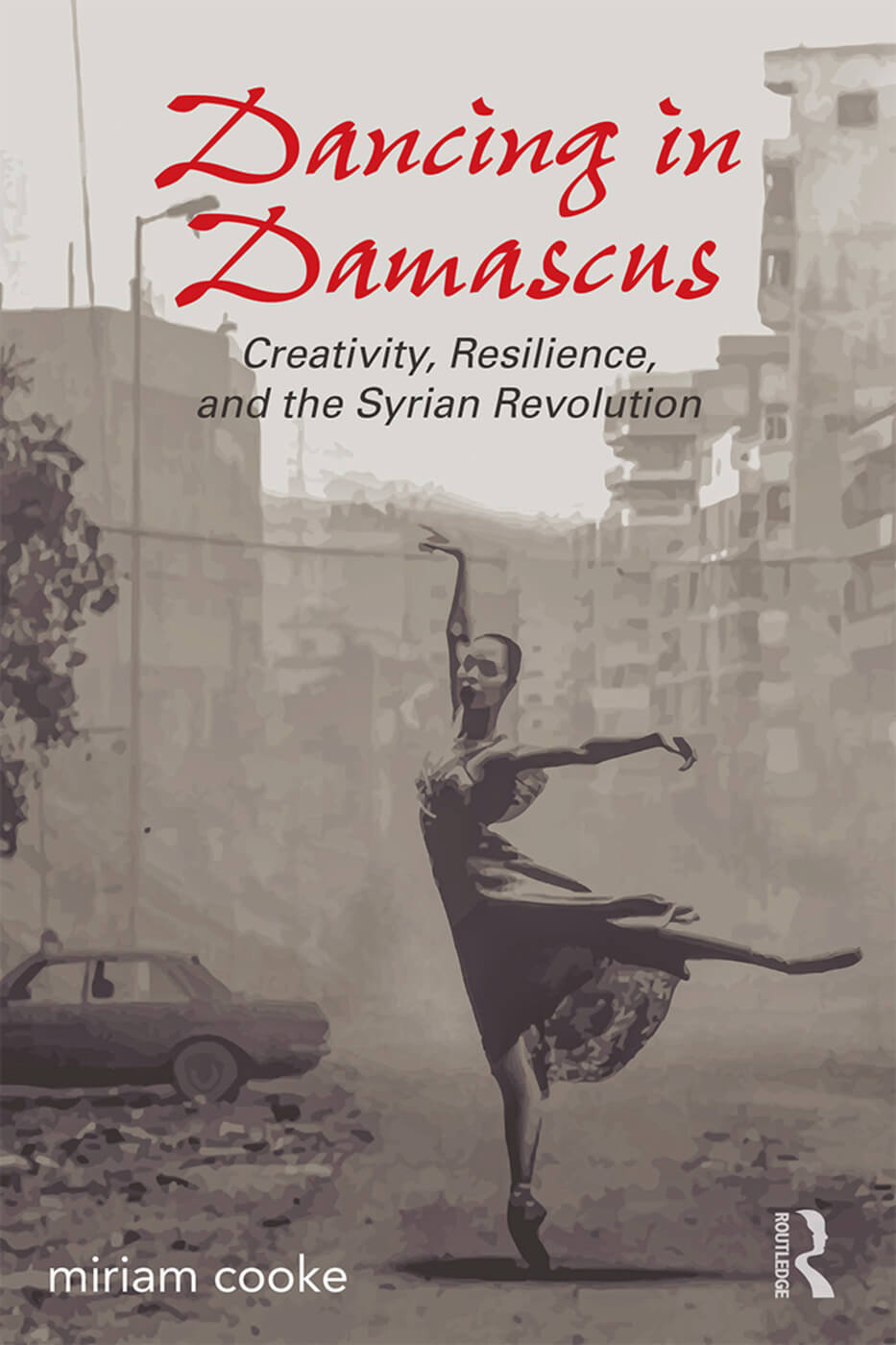

Exploring the impact of travel on Arab cinema, Kay Dickinson reveals how the cinemas of Syria, Palestine and Dubai have been shaped by the history and politics of international circulation. This compelling book offers fresh insights into film, mobility and the Middle East.
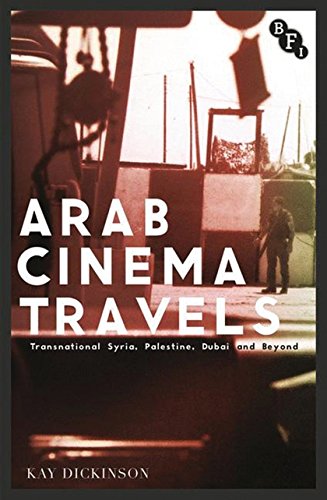

Syria Speaks is a celebration of a people determined to reclaim their dignity, freedom and self-expression. It showcases the work of over fifty artists and writers who are challenging the culture of violence in Syria. Their literature, poems and songs, cartoons, political posters and photographs document and interpret the momentous changes that have shifted the frame of reality so drastically in Syria. Moving and inspiring, Syria Speaks is testament to the courage, creativity and imagination of the Syrian people.
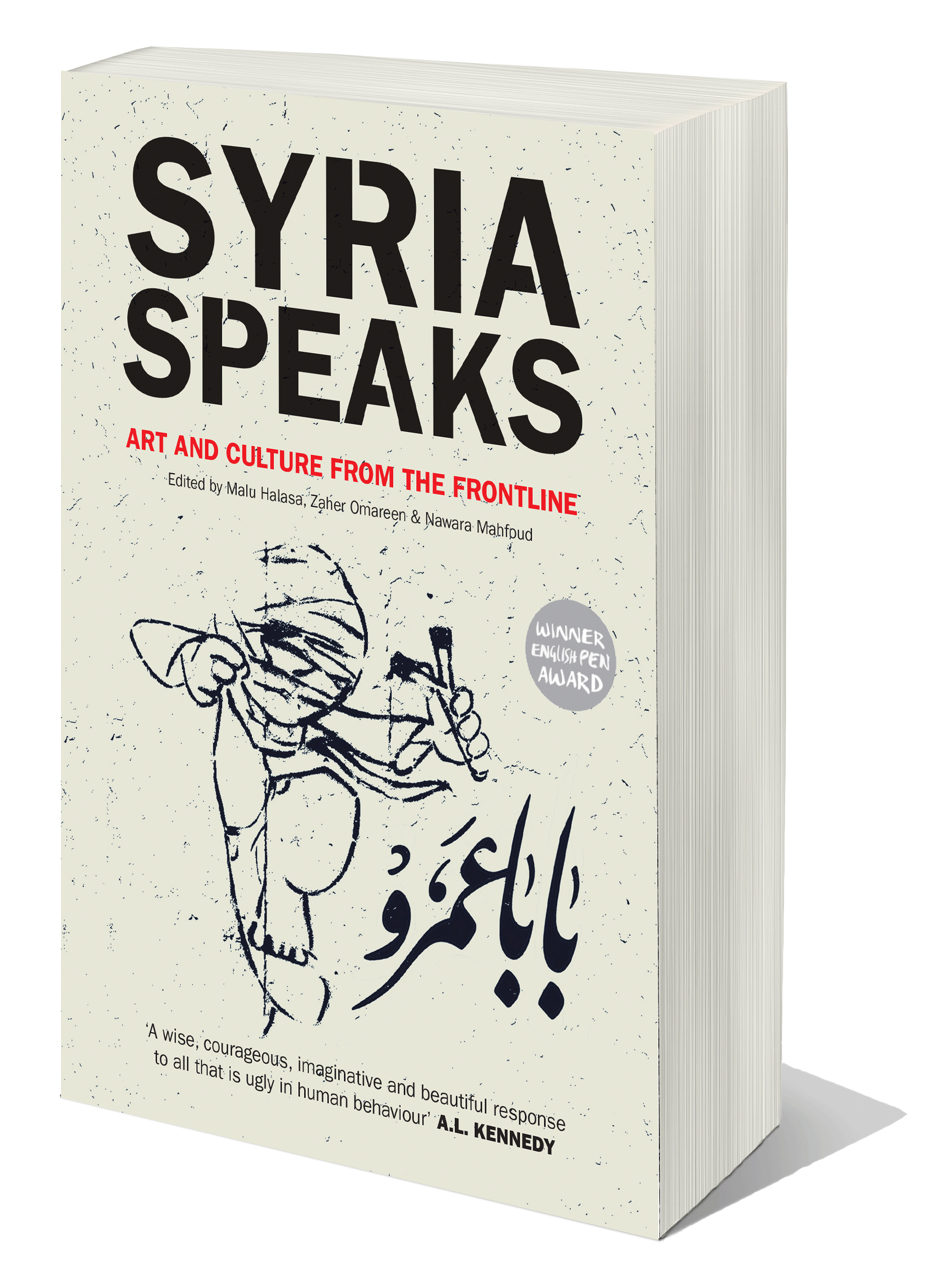

In modern Syria, a contested territory at the intersection of differing regimes of political representation, artists ventured to develop strikingly new kinds of painting to link their images to life forces and agitated energies. Examining the works of artists Kahlil Gibran, Adham Ismail, and Fateh al-Moudarres, Beautiful Agitation explores how painters in Syria activated the mutability of form to rethink relationships of figure to ground, outward appearance to inner presence, and self to world. Drawing on archival materials in Syria and beyond, Anneka Lenssen reveals new trajectories of painterly practice in a twentieth century defined by shifting media technologies, moving populations, and the imposition of violently enforced nation-state borders. The result is a study of Arab modernism that foregrounds rather than occludes efforts to agitate against imposed identities and intersubjective relations.
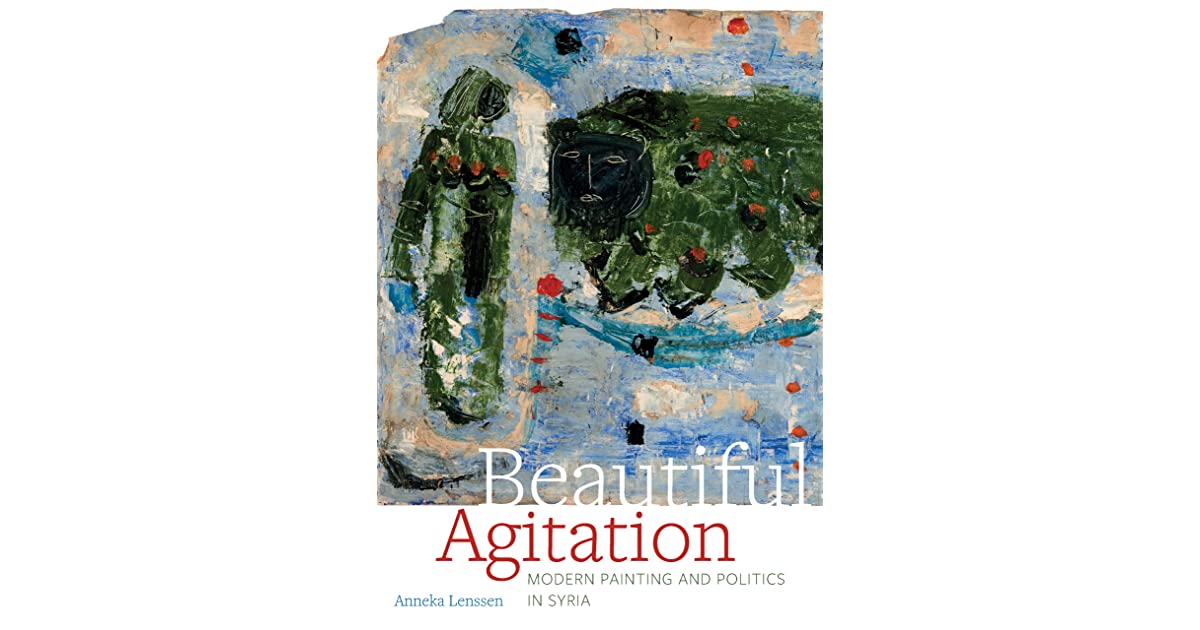

This exhibition catalogue accompanied Fateh al-Moudarres’ exhibition at the Institut du monde arabe, from November 14, 1995 to January 14, 1996. Entering the world of Fateh al-Moudarres is an exciting adventure. A universe populated by the contradictions of life and its absurdity, a universe where all kinds of things and meanings meet, oppose, join, fight and are only reconciled in resignation: it is the destiny of man, it is the order of the world. Moudarres carries within him all the contradictions of humanity: suffering and joy, hatred and generosity, the absurdity of the world and the solidity of the faith.
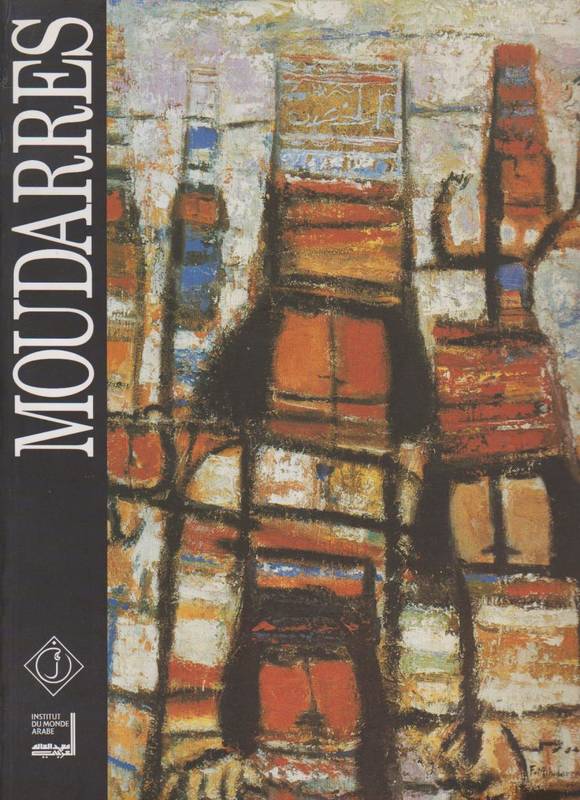

Under the Skin: Feminist Art and Art Histories from the Middle East and North Africa Today is set out to show what is beneath the surface, under the appearances of skin, body, colour and provenance, and not the cultural fixities or partial views detached from the realities of communities, cultures and practices from the area. Through 12 chapters, Under the Skin brings together artistic practices and complex histories informed by feminisms from diverse cultural and geographical contexts: Algeria, Egypt, Iran, Israel, Lebanon, Palestine, Saudi Arabia, Syria, Tunisia, and Turkey.


This publication accompanied Culture In Defiance: Continuing Traditions of Satire, Art and the Struggle for Freedom in Syria exhibition, held at the Prince Claus Fund Gallery in Amsterdam. Carrying on the fund’s preoccupation with studying culture’s influence in inequitable social conditions, the exhibition, uniquely curated by a series of non-conventional exhibition makers, seeks to study the influence of satire in contemporary artistic practices emerging from Syria during a period of deep social change.


The first book in English on a little known cinema from a key part of West Asia. This timely collection offers critical essays and historical overview of film production in Syria, as well as brings together words and texts from several of Syria’s most critically acclaimed and internationally celebrated masters of cinema.




Political Performance in Syria, charts the history of a theatre that has sought the expansion of civil society and imagined alternate political realities. In doing so, the manuscript situates the current use of performance and theatre by artists of the Syrian Revolution within a long history of political contestation.
